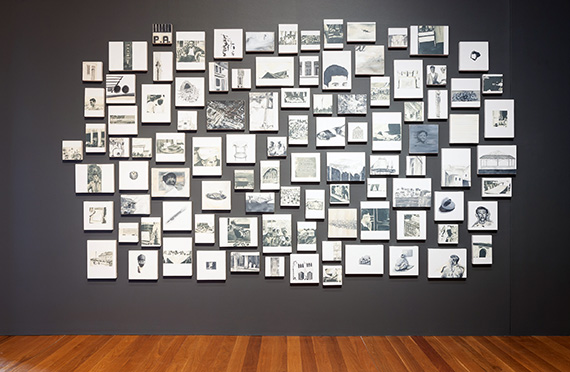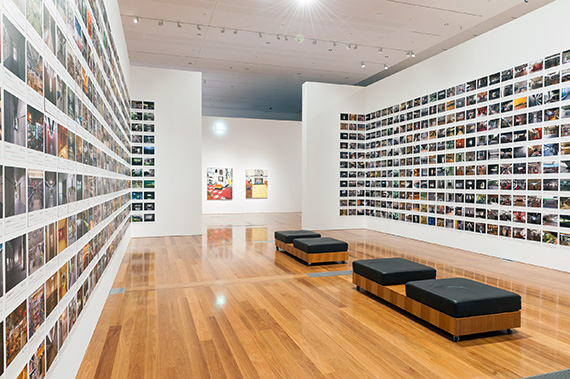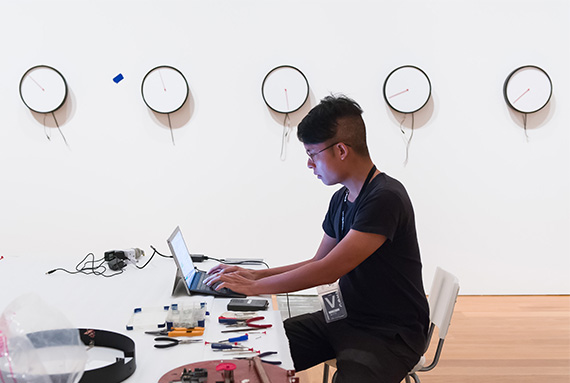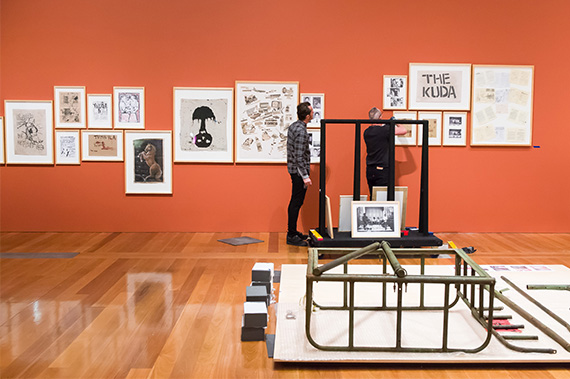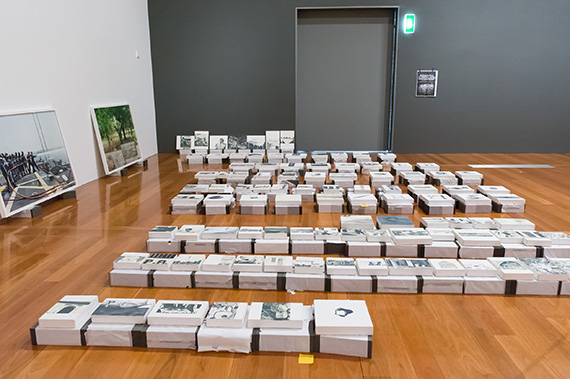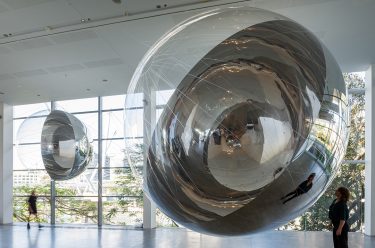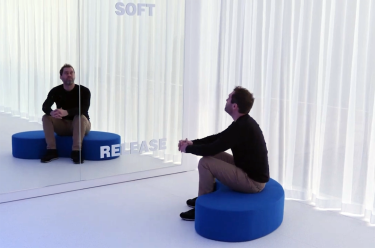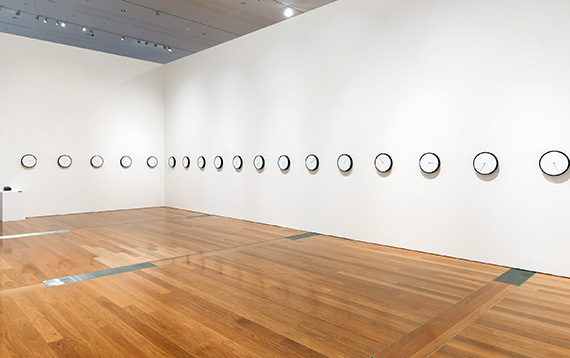
The opening of a ‘Time of others’ is the final stage in a long and collaborative journey, a journey into four cities across three countries. ‘Time of others’ comes from the Japanese idiom 他人の時間 (tanin no jikan) – implying the simple courtesy of respecting other people’s time. It refers more broadly to the concepts of ‘time’ and of ‘other people’ – in particular, exploring these notions as they are lived and experienced in the Asia Pacific.
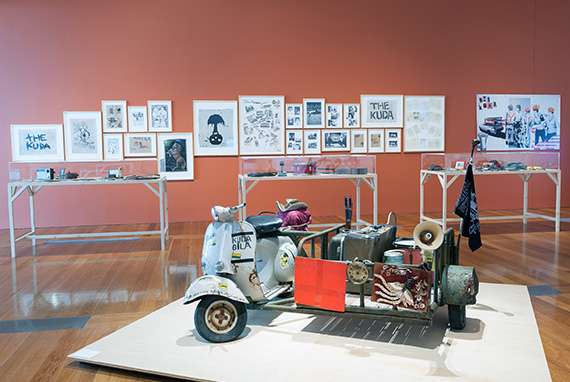
The exhibition looks at the complexity and diversity of our region not as impediments to our understanding of each other, but as tools for gaining new perspectives. It was organised through an innovative partnership between the Museum of Contemporary Art, Tokyo; the National Museum of Art, Osaka; the Singapore Art Museum; QAGOMA; and the Japan Foundation Asia Center. It draws on the unique but intersecting interests and expertise of each partner in the enterprise: SAM’s deep engagement – from its foundation in 1996 – with the art and artists of South East Asia, the significant modern and contemporary collections of Tokyo’s MOT and Osaka’s National Museum of Art and this Gallery’s own APT; established in 1993, and adding over 800 works to our collection.
Incorporating works from each, ‘Time of others’ tests the links and dislocations between peoples, histories and cultures from across east and south-east Asia and into Oceania. This unique opportunity to mine the holdings, artistic networks and resources of four institutions, each focused on the contemporary, has created a generous and malleable project. Gradually evolving with each new chapter, ‘Time of others’ opened in Tokyo last year, when I contributed to a forum that resolved to build a more collaborative spirit between the art museums of the region. It then travelled to Osaka, then on to Singapore, and has finally arrived here in Brisbane.
Its conceptual framework is expanded by the subtle addition of new works and the rearrangement of a common core in each successive city. While the collaboration was driven at the curatorial level it was supported by senior management, exhibition management, registration and other departments from each museum, in conversation with their opposite numbers throughout the region. Through this process, each museum gained a greater understanding of the others’ processes and collections, opening windows for future collaboration.
This is the first time one of QAGOMA’s curators has been invited to co-curate an exhibition which has subsequently toured back to Brisbane. This is very much the sort of engagement with the region that we aspire to, reciprocal and collegiate.
